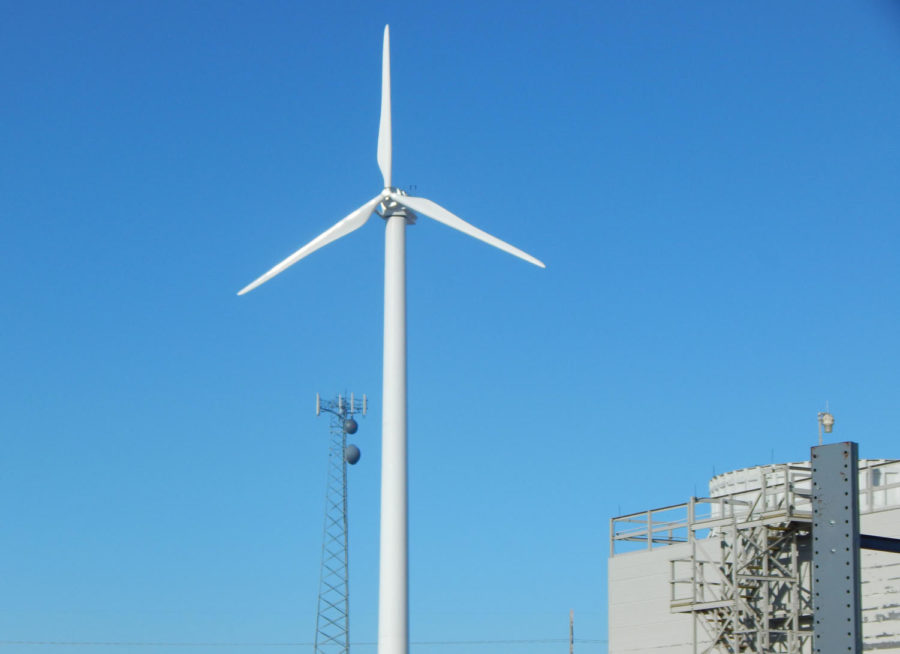Student organization focuses on wind energy
March 6, 2015
Students interested in wind energy can huff, puff and blow their way into a new club on campus.
The Wind Energy Student Organization kicked off its first monthly meeting Monda with a presentation by Gene Takle, professor of atmospheric science and the faculty adviser of the organization.
“It’s impressive to see so many students interested in wind energy,” Takle told the group of students who attended the informational meeting. “But it’s not surprising.”
The number of students who are interested in wind energy has been rising, but there are still fewer students interested than jobs available, Takle said. The Wind Energy Student Organization hopes to change this.
Michael Czahor, the organization’s outreach committee director, plans to work with K-12 schools and encourage students to pursue wind energy as a career. The energy organization has already been invited to participate in the STEM — science, technology, engineering and math — Night at Abbie Sawyer Elementary School, Czahor said. The presentations that will be given will likely range from 60 to 120 minutes.
By focusing on STEM education, Takle thinks the field can begin to grow.
“Wind energy students need to be interdisciplinary,” Takle said.
Takle said once students realize that they do not have to be engineers to be in the wind energy industry, then the industry can begin to improve and become an area of study for students. To emphasize his point, Takle kept reminding the students that he is not an engineer. He is an atmospheric scientist.
Tackle said Iowa State has one of the broadest scopes of expertise of professors and students working on wind energy research.
“Iowa is a hotbed for the wind energy industry, so [Iowa State] is where the research should be done,” Takle said.
According to the U.S. Energy Information Administration, Iowa produced 15 million megawatt hours of electricity, second only to Texas, which produced 36 million.
And why shouldn’t students be interested in working in the wind energy industry? According to the United State Bureau of Labor Statistics, the average annual salaries for workers range from $50,130 to $94,780, a salary range that is expected to rise in the coming years.
The energy organization plans to begin work on a miniature wind turbine and help connect students who are working on wind energy research to each other.
“[WESO] membership is open to any student studying at Iowa State,” said Helena Khazdozian, president of WESO.
They hope to become affiliated with Wind Energy Science, Engineering, and Policy, Khazdozian said. The meetings will take place monthly and will feature lectures by professionals working in the wind energy industry.







